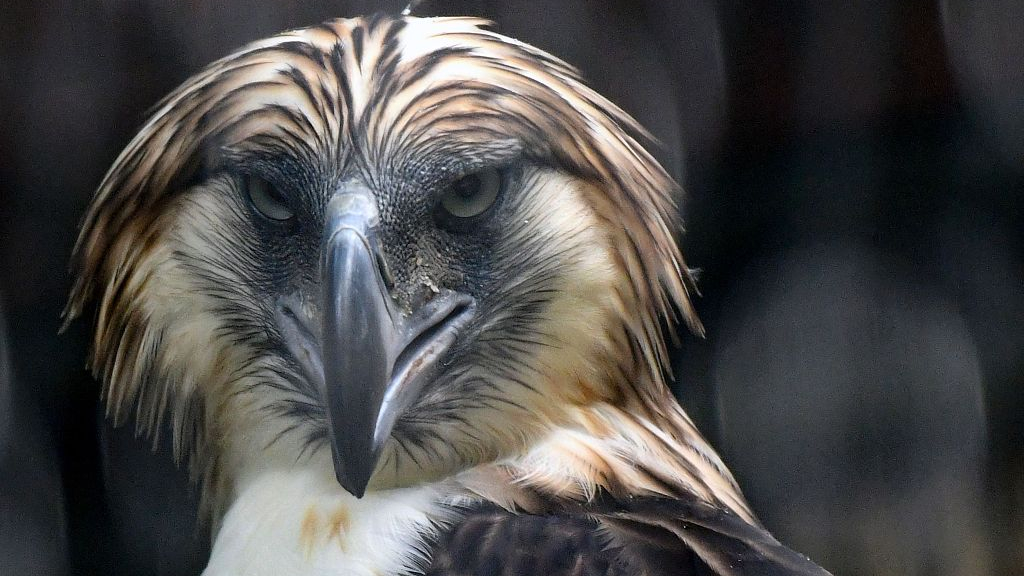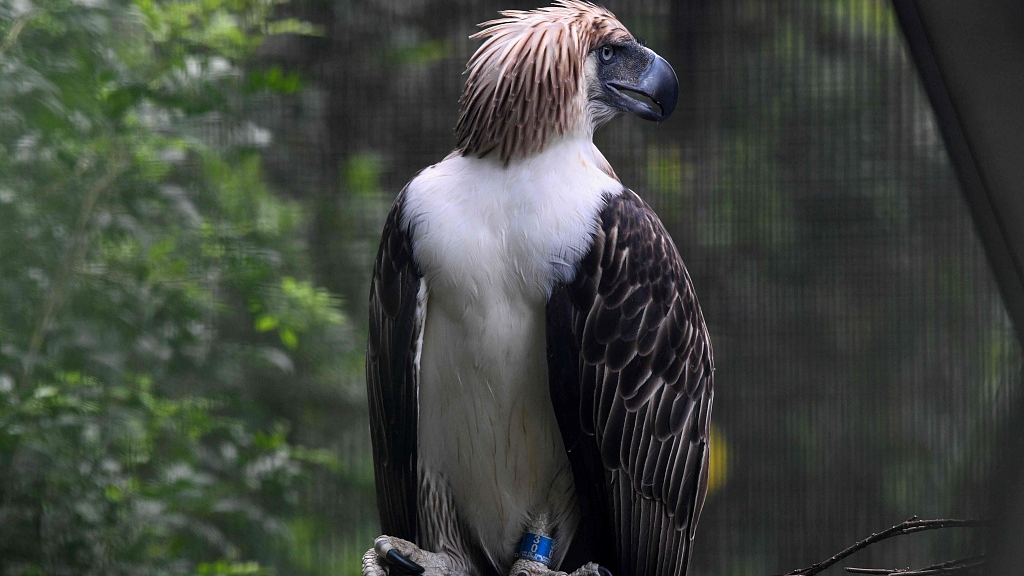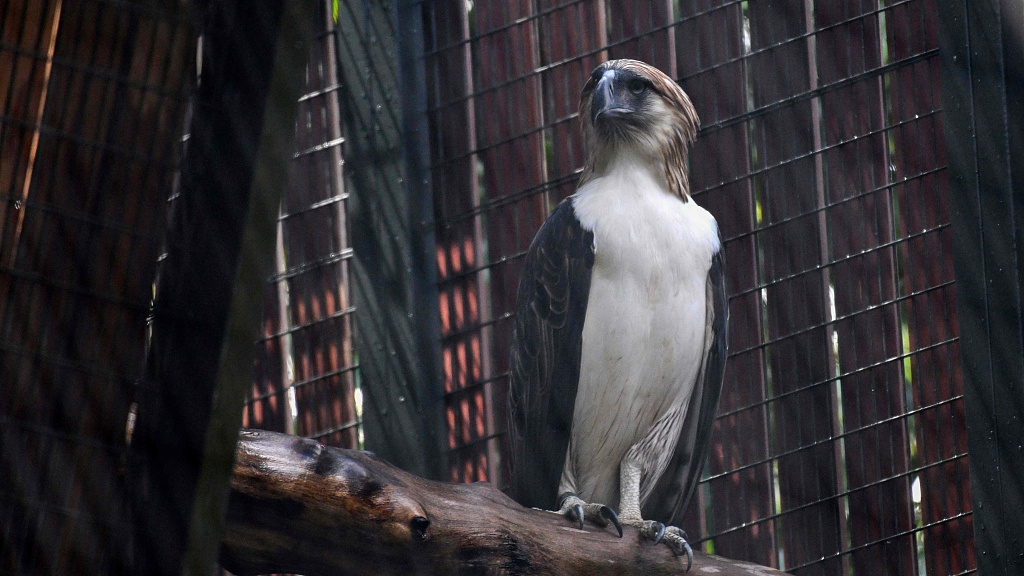Now that's what you call a sassy hairdo.

A male Philippine eagle named Geothermica is seen at an enclosure in Jurong Bird Park in Singapore, November 27, 2019.
A male Philippine eagle named Geothermica is seen at an enclosure in Jurong Bird Park in Singapore, November 27, 2019.

The eagle is Philippines' national bird, classified as critically endangered species in IUCN red list.
The eagle is Philippines' national bird, classified as critically endangered species in IUCN red list.

Singapore unveiled two Philippine eagles at its main aviary on November 27 – the first breeding pair of the critically endangered raptors to be brought outside their native country as part of a conservation plan.
Singapore unveiled two Philippine eagles at its main aviary on November 27 – the first breeding pair of the critically endangered raptors to be brought outside their native country as part of a conservation plan.
Meet the Philippine eagle – the largest eagle in terms of length, which can go up to a meter. However, Chinese netizens are more familiar with its another name: monkey-eating eagle. The name comes from a 1984 cartoon, Black Cat Detective, wherein the eagle used to prey on little monkeys. The eagle became a childhood nightmare for an entire generation.
The eagle is native to the Philippines and thus became the country's national bird. It is a critically endangered species with a small population of 180-500 due to massive habitat loss resulting from deforestation in most of its range. In the Philippines, killing a Philippine eagle could result in a punishment of up to 12 years in prison with heavy fines.
So, do Philippine eagles eat monkeys?
The Philippine eagle was first called monkey-eating eagle because natives reported that it preyed exclusively on monkeys. However, this is not accurate. The bird eats many kinds of animals, including colugos, large snakes, monitor lizards, and even large birds, such as hornbills. The Philippine eagle is apex predator in its habitat. Most animals, except adult ungulates, may fall prey to this raptor.
(Cover photo via VCG, designed by CGTN's Jia Jieqiong. Edited by An Qi)
(If you want to contribute and have specific expertise, please contact us at nature@cgtn.com)